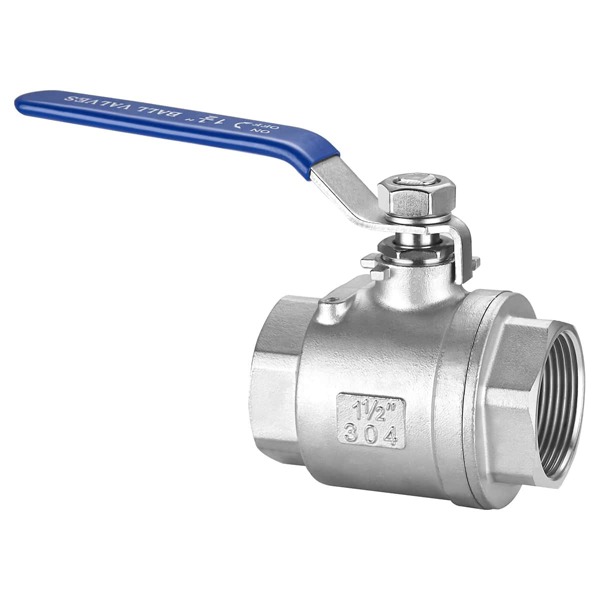cryogenic solenoid valves
Cryogenic Solenoid Valves An Overview
Cryogenic solenoid valves play a crucial role in a myriad of applications where precise control of low-temperature fluids is essential. Operating typically at temperatures below -150°C, these valves facilitate the handling of liquefied gases, such as nitrogen, oxygen, and helium, which are employed widely in industries such as aerospace, medical, and energy. In this article, we will explore the design, functionality, applications, and advantages of cryogenic solenoid valves.
Understanding Cryogenic Solenoid Valves
A solenoid valve is an electromechanical device that controls the flow of fluids. It consists of a coil, a plunger, and the valve body. When an electric current passes through the coil, it generates a magnetic field that moves the plunger, either opening or closing the valve. This simple, efficient mechanism allows for quick and precise control of fluid flow.
Cryogenic solenoid valves are specially designed to withstand the challenges associated with low-temperature environments. They are typically made from materials that can endure extreme cold without compromising their structural integrity. Common materials include stainless steel, bronze, and specialized plastics that retain performance characteristics at cryogenic temperatures.
Design Considerations
The design of cryogenic solenoid valves must address several critical factors
1. Thermal Insulation To prevent heat transfer that could vaporize the cryogenic fluid, these valves are often equipped with thermal insulation jackets.
2. Material Selection Specialized materials are essential to prevent brittleness and ensure longevity under low temperatures. The choice of seals, springs, and other components must also align with cryogenic properties.
4. Electromagnetic Compatibility Given the sensitive nature of applications involving cryogenic systems, the valves must be designed to operate reliably in varying electromagnetic environments.
Applications
Cryogenic solenoid valves are utilized across several industries
cryogenic solenoid valves

- Aerospace In the aerospace industry, these valves are critical for handling propellants and coolants in rocket propulsion systems, ensuring safety and efficiency in flight operations.
- Medical Within the medical field, cryogenic valves are vital for the storage and transfer of gases in procedures such as cryotherapy or during the transport of biological specimens that require low-temperature environments.
- Energy In the energy sector, particularly in liquefied natural gas (LNG) applications, cryogenic valves are essential for controlling the flow of LNG during transportation and regasification processes.
- Research and Development Laboratories conducting experiments at cryogenic temperatures rely on these valves for precise control of liquid helium and other gases used in superconductors and other advanced materials.
Advantages
The use of cryogenic solenoid valves offers several benefits
1. Efficiency Their rapid actuation allows for efficient control of fluid flows, essential in systems where precision and timing are critical.
2. Safety By providing reliable sealing and robust construction, these valves enhance safety in systems handling volatile cryogenic fluids.
3. Space-saving Design Cryogenic solenoid valves typically have a compact design, which is advantageous in applications with limited space.
4. Durability When constructed with appropriate materials and designs, they can offer extended service life, reducing downtime and maintenance costs.
Conclusion
Cryogenic solenoid valves are integral components in various high-tech industries, managing the flow of low-temperature fluids with precision and reliability. As technology advances, ongoing research and development will likely yield even more efficient and robust designs capable of meeting the increasing demands of various applications. Whether in aerospace, medical fields, energy production, or research, these valves will continue to be at the forefront of innovation and safety in cryogenic systems. Understanding their design, functionality, and applications is essential for engineers and operators working in environments where managing cryogenic fluids is critical.
-
The Key to Fluid Control: Exploring the Advantages of Ball Valves in Industrial SystemsNewsJul.09,2025
-
The Versatile World of 1, 2, and 3 Piece Ball ValvesNewsJul.09,2025
-
Stainless Steel Ball Valves: The Ideal Choice for Efficient Flow ControlNewsJul.09,2025
-
Optimizing Fluid Control with Ball Float ValvesNewsJul.09,2025
-
Manual Gate Valves: Essential for Control and EfficiencyNewsJul.09,2025
-
Everything You Need to Know About Butterfly ValvesNewsJul.09,2025
-
The Versatility of Wafer Type Butterfly ValvesNewsJul.08,2025




